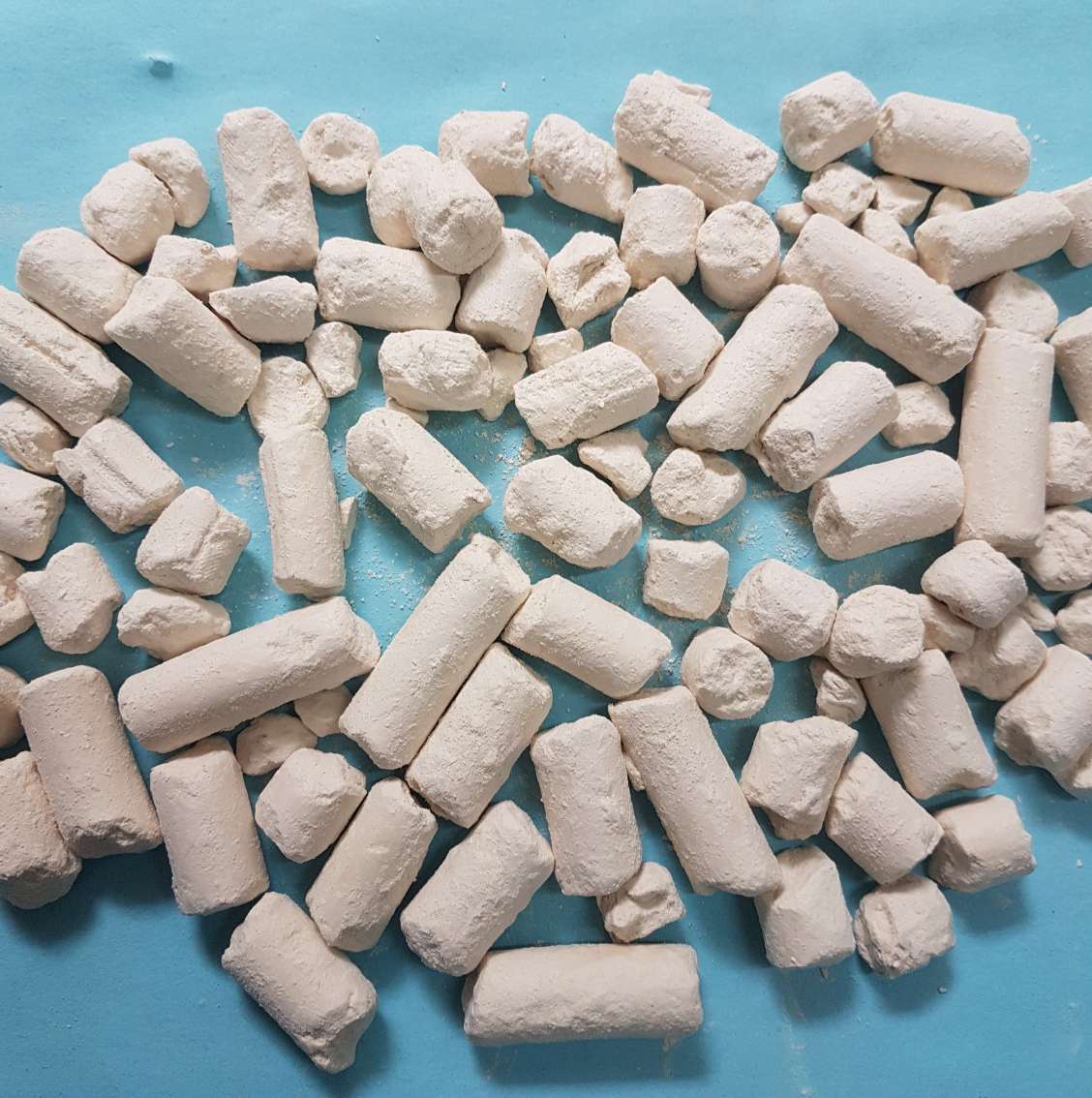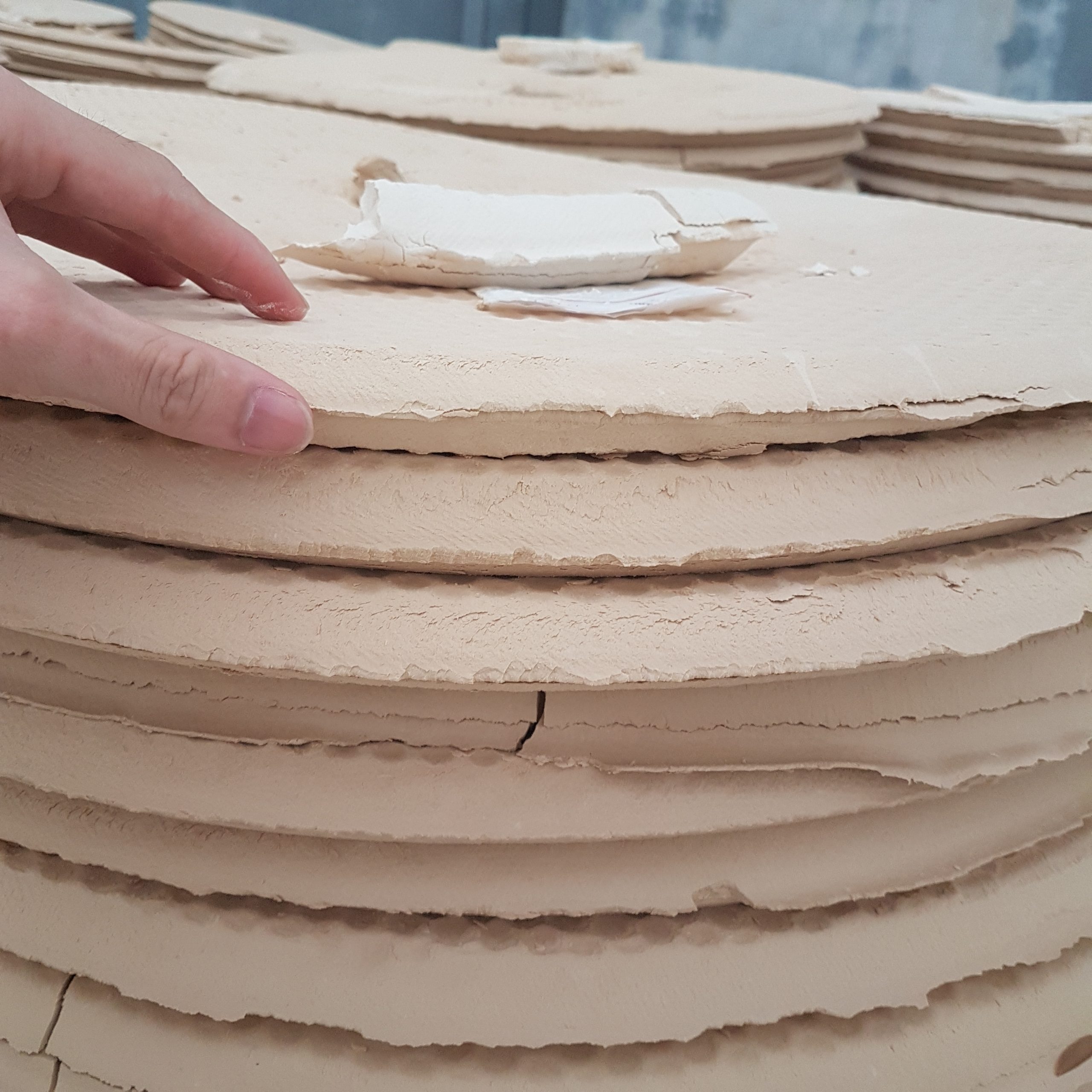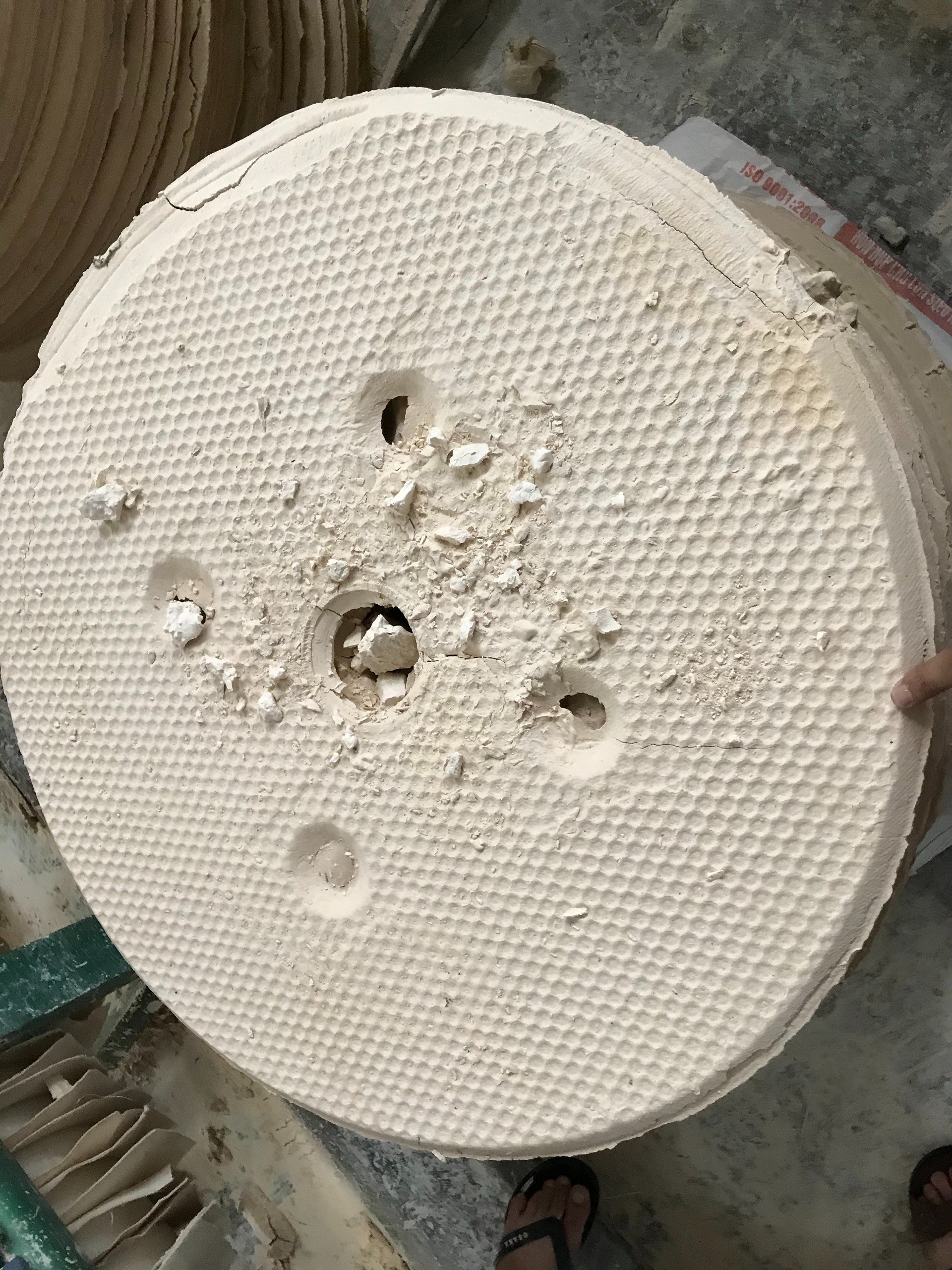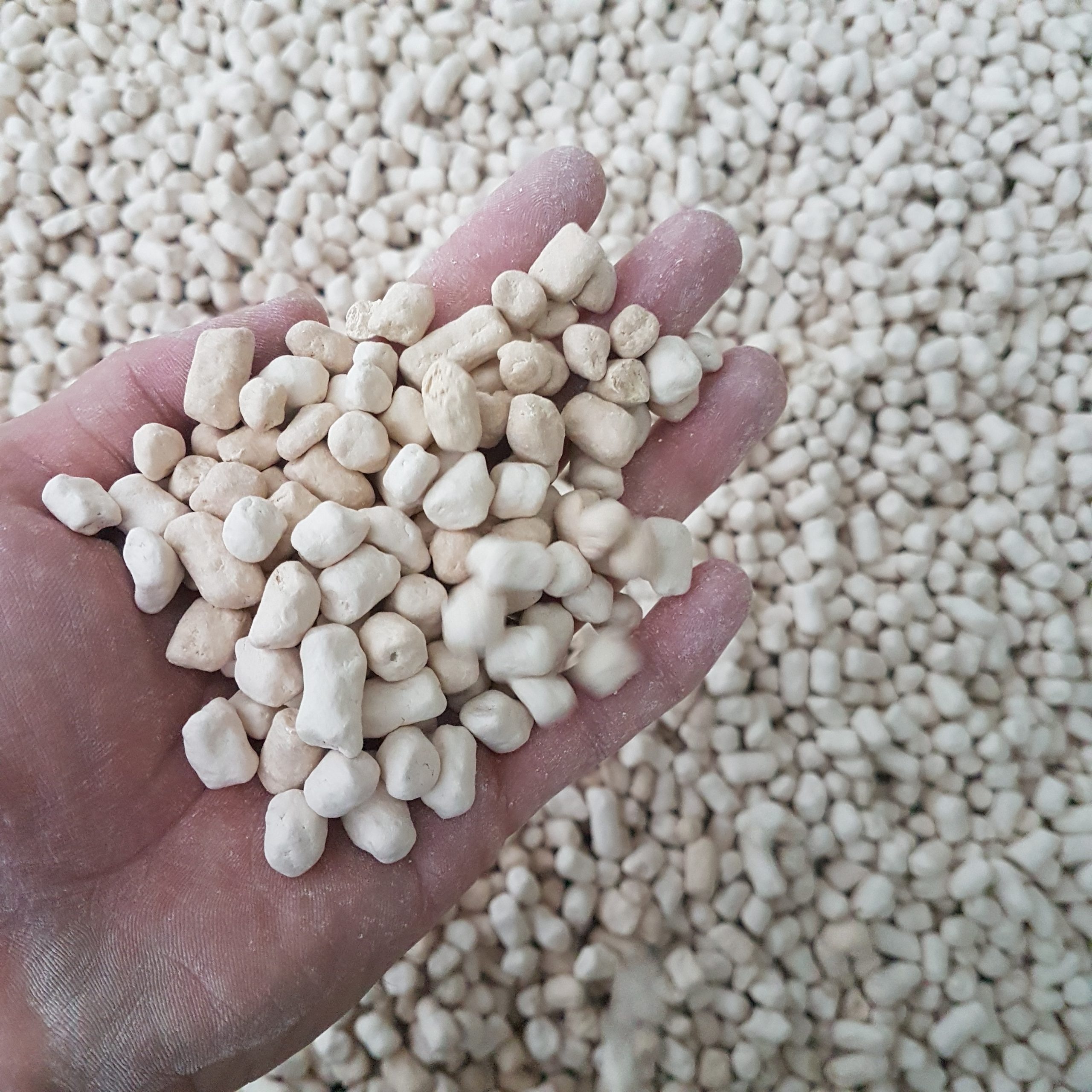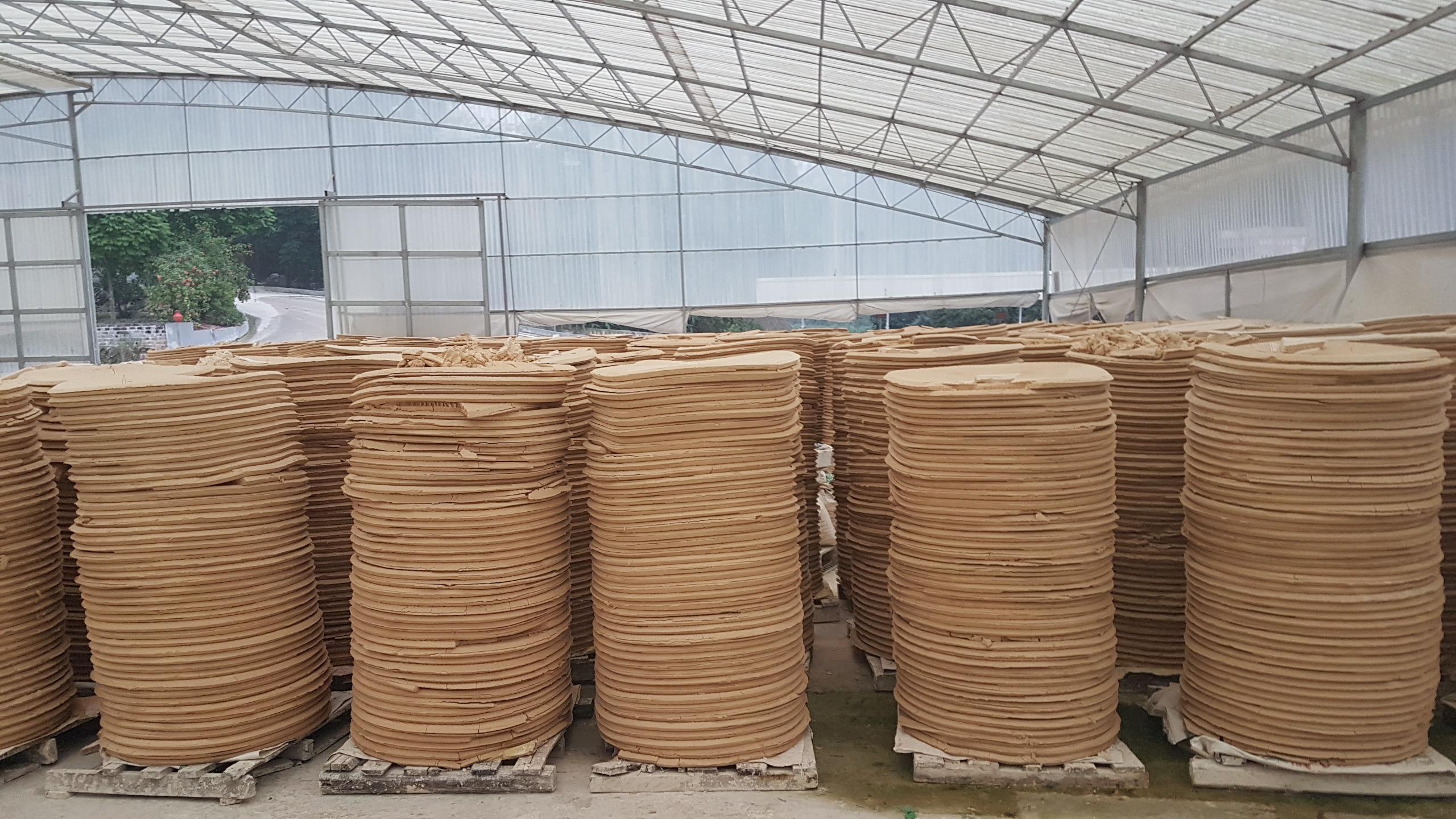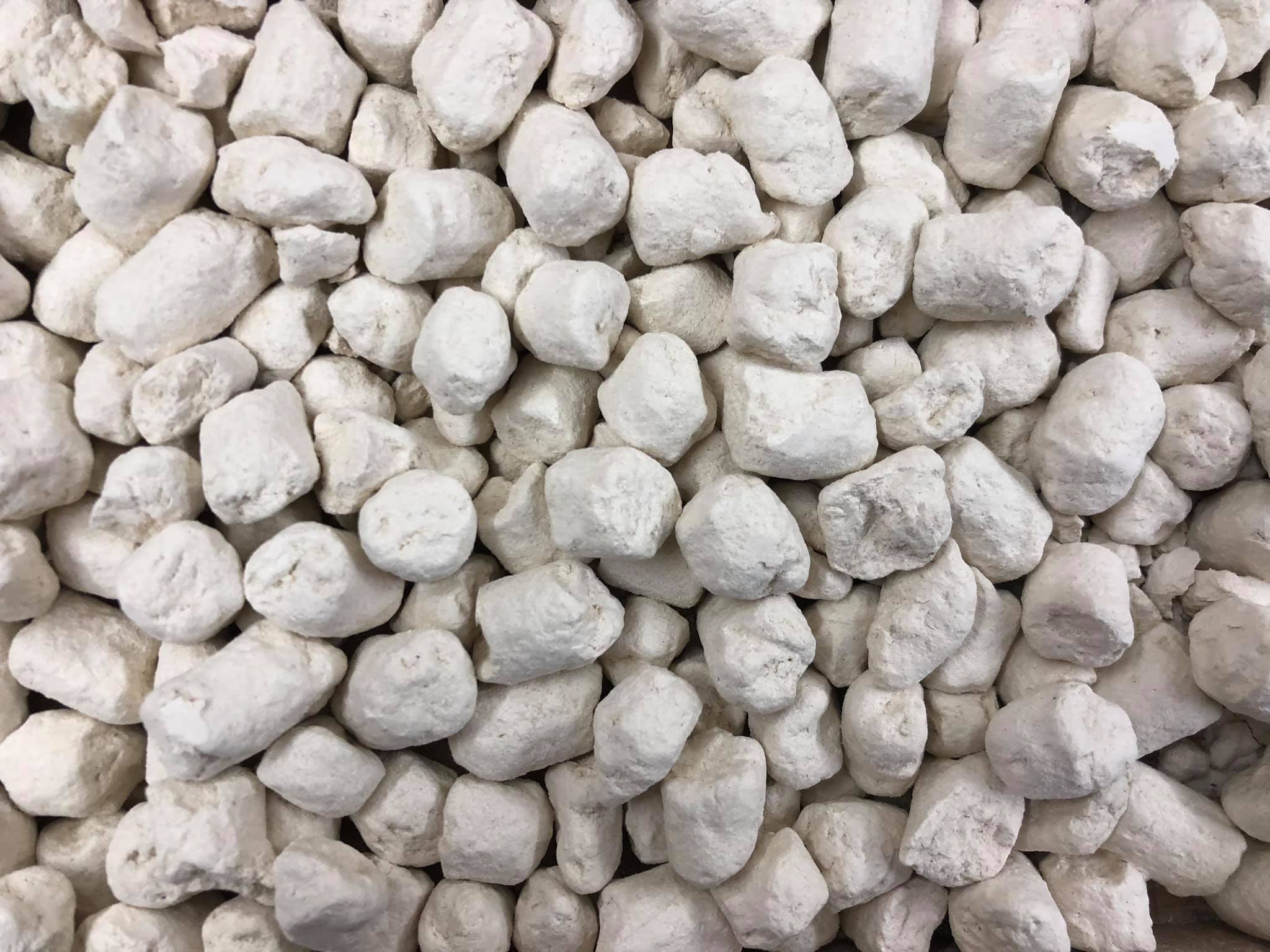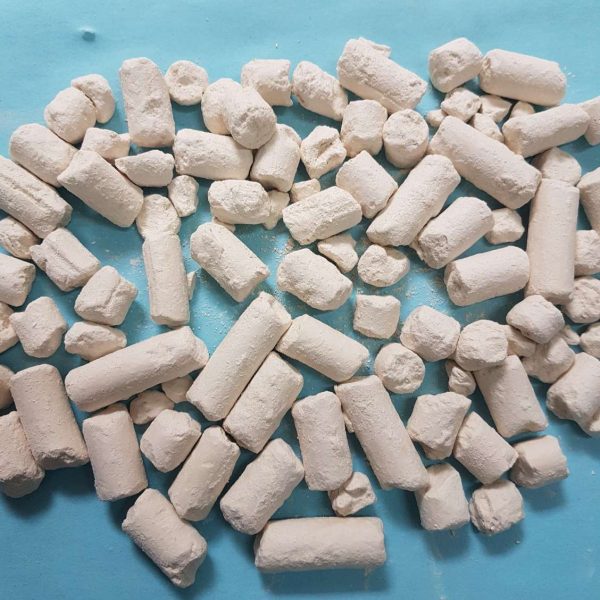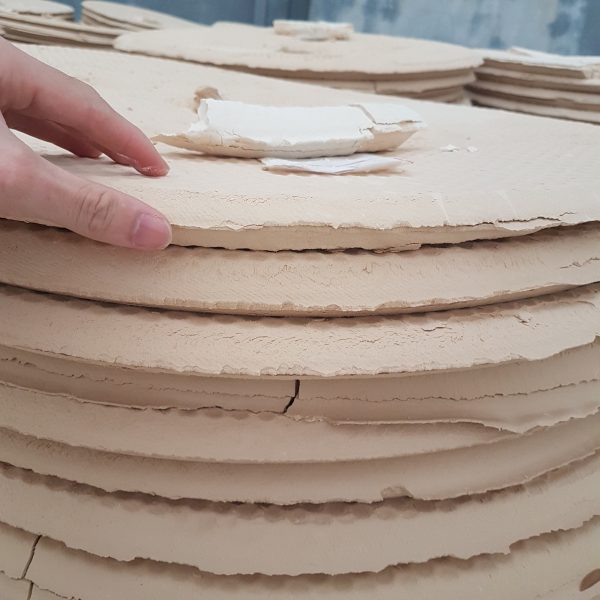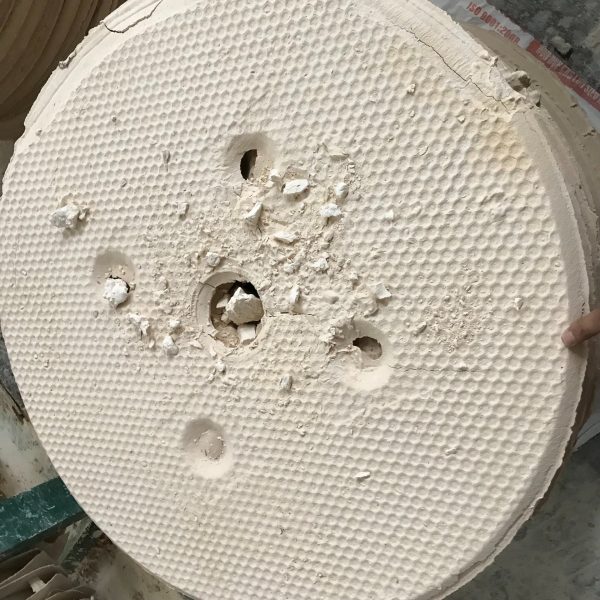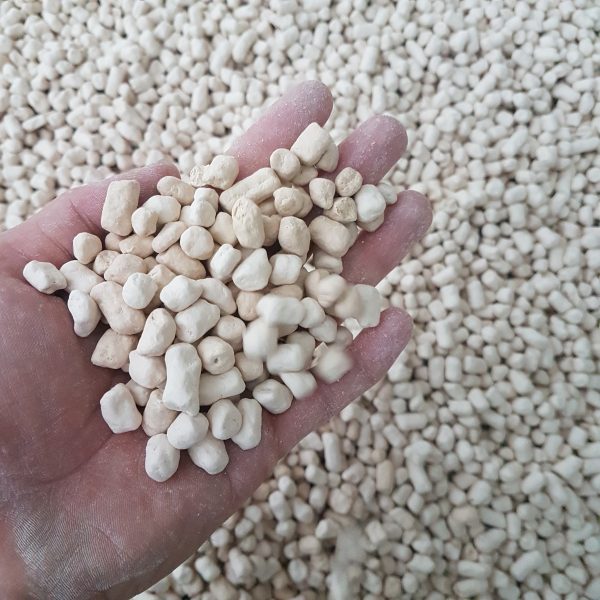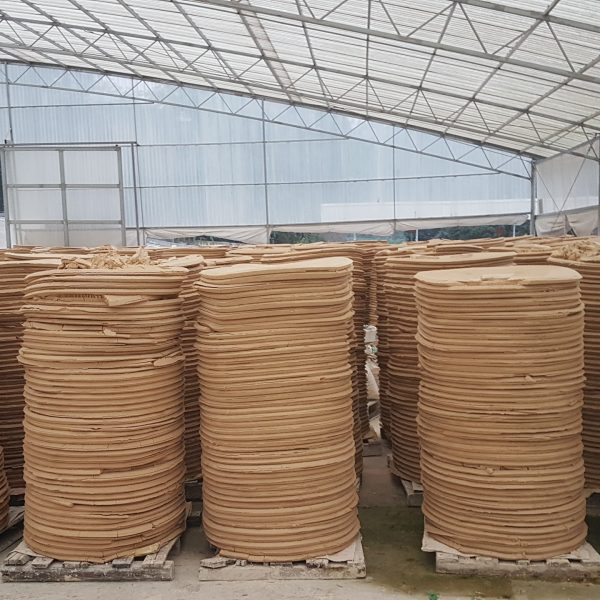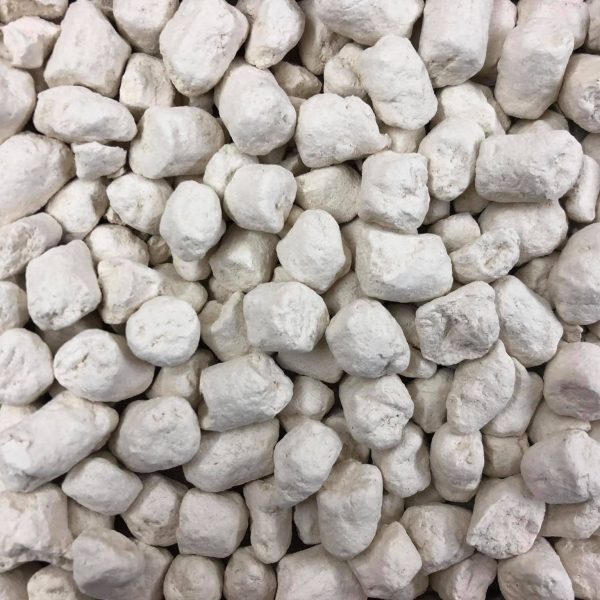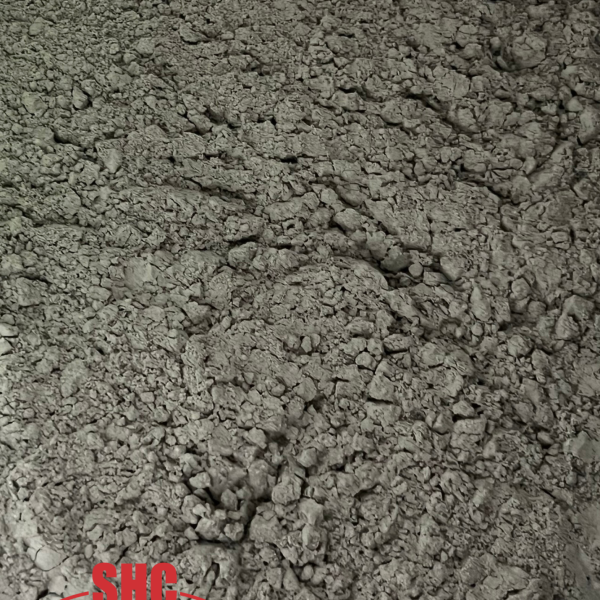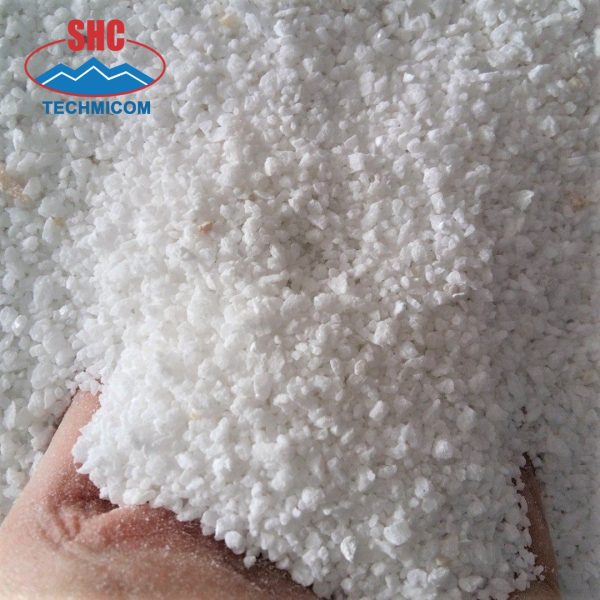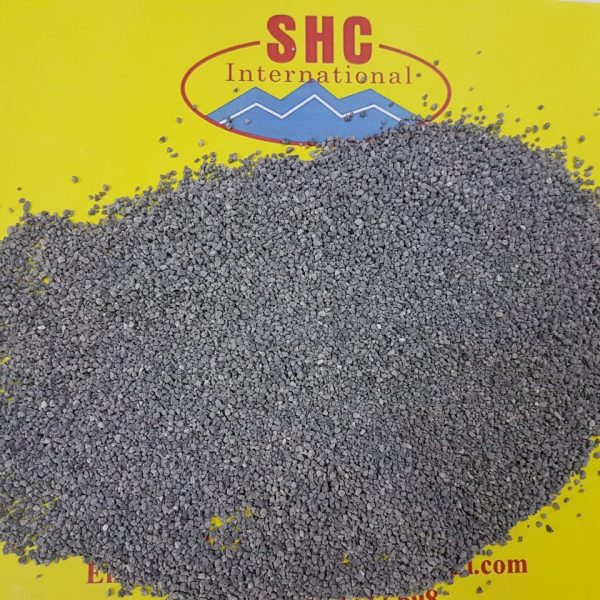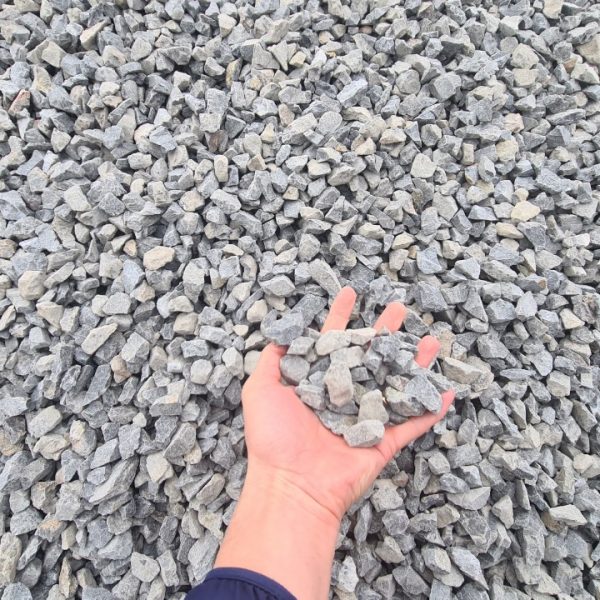No products in the cart.
Kaolin
SKU: N/A
Price : Contact
Kaolin is a soft, white, earthy mineral that is an essential industrial mineral. It is composed mainly of the clay mineral kaolinite and forms as a product of the chemical weathering of feldspar-containing rocks like granite and gneiss. When mined, kaolin appears as a fine, white powder that is soft and has a low melting point. It is widely used in industrial processes due to its unique properties. As a filler, kaolin increases the whiteness and opacity of paper, paints, plastics and other materials. In ceramics and pottery applications, kaolin is very important because it has excellent thermal properties – it does not vitrify at high temperatures like other clays but will still add strength and thermal resistance to fired ceramics.

